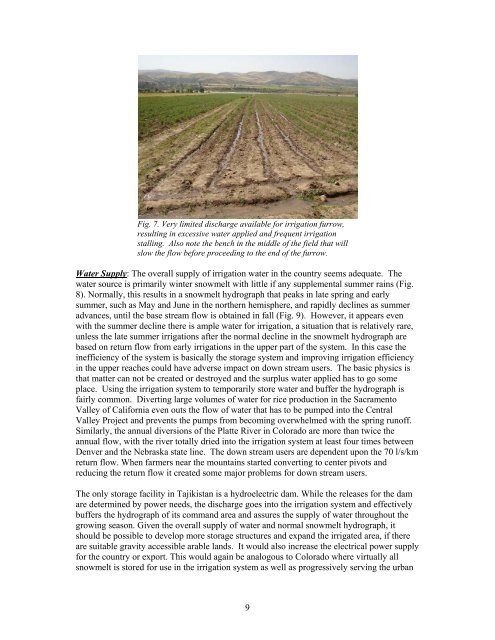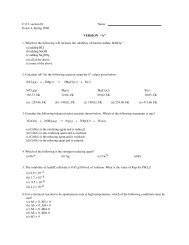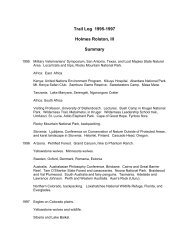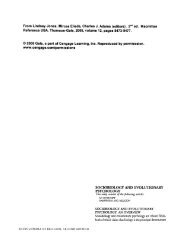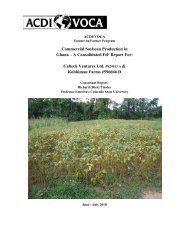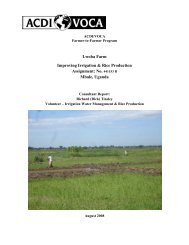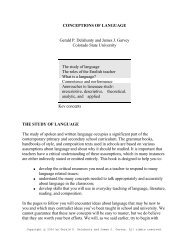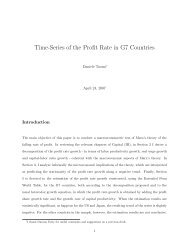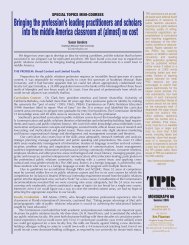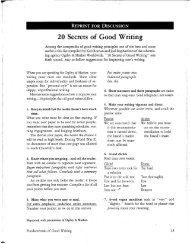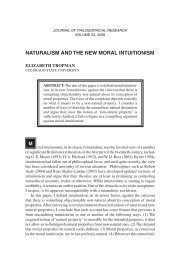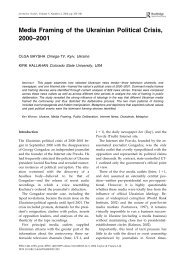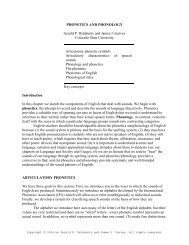Geha Foods Evaluation of Irrigation for Processed Tomatoes
Geha Foods Evaluation of Irrigation for Processed Tomatoes
Geha Foods Evaluation of Irrigation for Processed Tomatoes
Create successful ePaper yourself
Turn your PDF publications into a flip-book with our unique Google optimized e-Paper software.
Fig. 7. Very limited discharge available <strong>for</strong> irrigation furrow,<br />
resulting in excessive water applied and frequent irrigation<br />
stalling. Also note the bench in the middle <strong>of</strong> the field that will<br />
slow the flow be<strong>for</strong>e proceeding to the end <strong>of</strong> the furrow.<br />
Water Supply: The overall supply <strong>of</strong> irrigation water in the country seems adequate. The<br />
water source is primarily winter snowmelt with little if any supplemental summer rains (Fig.<br />
8). Normally, this results in a snowmelt hydrograph that peaks in late spring and early<br />
summer, such as May and June in the northern hemisphere, and rapidly declines as summer<br />
advances, until the base stream flow is obtained in fall (Fig. 9). However, it appears even<br />
with the summer decline there is ample water <strong>for</strong> irrigation, a situation that is relatively rare,<br />
unless the late summer irrigations after the normal decline in the snowmelt hydrograph are<br />
based on return flow from early irrigations in the upper part <strong>of</strong> the system. In this case the<br />
inefficiency <strong>of</strong> the system is basically the storage system and improving irrigation efficiency<br />
in the upper reaches could have adverse impact on down stream users. The basic physics is<br />
that matter can not be created or destroyed and the surplus water applied has to go some<br />
place. Using the irrigation system to temporarily store water and buffer the hydrograph is<br />
fairly common. Diverting large volumes <strong>of</strong> water <strong>for</strong> rice production in the Sacramento<br />
Valley <strong>of</strong> Cali<strong>for</strong>nia even outs the flow <strong>of</strong> water that has to be pumped into the Central<br />
Valley Project and prevents the pumps from becoming overwhelmed with the spring run<strong>of</strong>f.<br />
Similarly, the annual diversions <strong>of</strong> the Platte River in Colorado are more than twice the<br />
annual flow, with the river totally dried into the irrigation system at least four times between<br />
Denver and the Nebraska state line. The down stream users are dependent upon the 70 l/s/km<br />
return flow. When farmers near the mountains started converting to center pivots and<br />
reducing the return flow it created some major problems <strong>for</strong> down stream users.<br />
The only storage facility in Tajikistan is a hydroelectric dam. While the releases <strong>for</strong> the dam<br />
are determined by power needs, the discharge goes into the irrigation system and effectively<br />
buffers the hydrograph <strong>of</strong> its command area and assures the supply <strong>of</strong> water throughout the<br />
growing season. Given the overall supply <strong>of</strong> water and normal snowmelt hydrograph, it<br />
should be possible to develop more storage structures and expand the irrigated area, if there<br />
are suitable gravity accessible arable lands. It would also increase the electrical power supply<br />
<strong>for</strong> the country or export. This would again be analogous to Colorado where virtually all<br />
snowmelt is stored <strong>for</strong> use in the irrigation system as well as progressively serving the urban<br />
9


